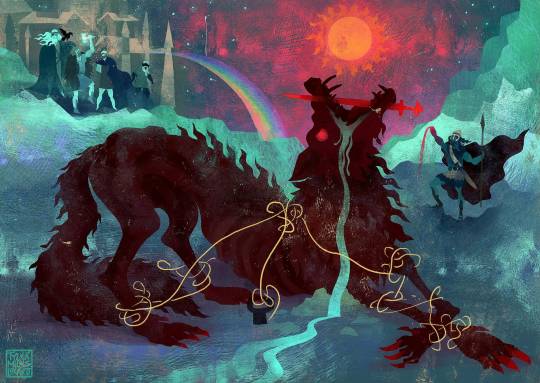Text
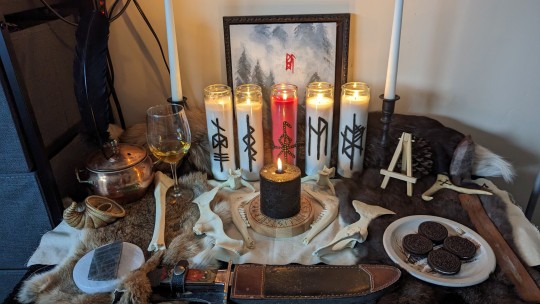
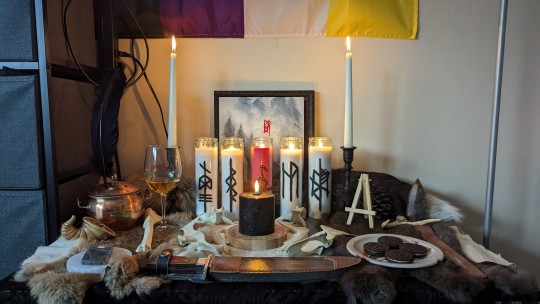
It's been a while since I did anything with my practice. But the morning was cold, windows iced over and I wanted to make an offering. A humble offering of whiskey and Oreos lol but an offering nonetheless.
#my altar#altar space#norse paganism#germanic polythesim#offering#spirituality#witchcraft#altars#personal
29 notes
·
View notes
Text
“To conclude any rites or workings, the rite of the Troyl Hood (meaning bewitched celebratory feast') will be made.
It is begun by kneeling on one knee (a 'betwixt’ traditional in the Cornish Craft, neither standing, sitting, nor entirely kneeling) before the bowl of bread and the horn-cup of mead. Touch the brow, then the navel, and cross the arms with horned hands, thus making simultaneously the sign of Bucca invocation and forming, with the body, the sign of the six ways and the hexagram posture of 'force into form' over the meal.
With bowed head, breathe deeply of the powers and say these words over the meal:
"By stone by bone by staff and flame,
Be this Troyl hood!
Here where all conjoin betwixt the horns,
Are brought forth blessedness, truth and all wisdom.
In Bucca's high name and by the serpent red,
I conjure thee, I conjure thee, I conjure thee!
Hallowed and hood,
So shall it be!”
With index finger, or with wand, make the sign of the six ways and the pentagram of divinity descending over the mead and bread.
In a gathering of fellows, this is performed by a female witch assuming the role of mother. A male witch may assist by lowering the family's blade into the horn, in further symbolism of the congress of divine force into form to be imbibed in communion by those gathered.
First offer some bread into the fire before eating, with reverence, some of the bread yourself, and then hold the horn aloft with the toast:
"Here's to the devil with his wooden pick and shovel, digging tin by the bushel with his tail cocked up!"
Pour a little into the fire and drink, with reverence, some of the mead in communion with the powers there gathered and those who have gone before.
The rite of the Troyl-Hood, especially in the home at the hearth, is an important rite that it is wise to observe with some regularity, upon the moons and upon Saturdays; being the day of the home, of dealings with spirits and of the chthonic forces.
The rite provides spiritual strength and nourishment, and maintains the essential bond between the witch and the divine force, the spirits and forces helpful to the work of the witch. The rite also helps to ensure that houschold spirits do not turn troublesome by the pleasure of shared food left in offering upon the hearth.”
—
Traditional Witchcraft:
A Cornish Book of Ways
6: ‘The Witch’s Compass’
by Gemma Gary
30 notes
·
View notes
Text
Witchcraft Tools
Them: You don't need tools to do witchcraft
Me:

Them: That's not what I mean and you know it. Is that a frying pan*?
Me:

Them: Ohhh, tarot cards! Is that an old hand mirror?
Me:
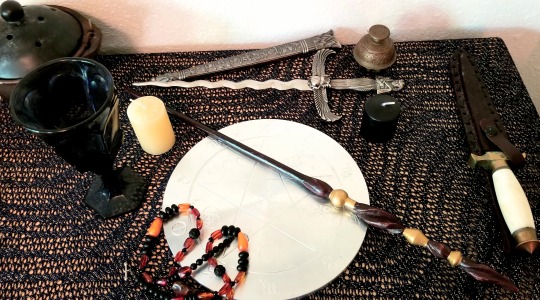
Them: Yes. Those. You don't need tools to do witchcraft!
Tools can be such a broad term. The above represent three basic tool groups I work with - practical tools, divination tools and ritual tools.
When people talk about expense and witchcraft tools, they're often thinking of ritual tools, which can be expensive.
But they are correct - you don't need a full set of ritual tools to do witchcraft. They are more commonly associated with various traditions and the rituals of those traditions. Within those traditions, tools were often acquired gradually and sometimes even passed along from other group members. (The white handled knife above is a traditional boline that passed to me from a teacher after his death. The brass bell belonged to my mother.)
Witchcraft books often want to talk about ritual tools because, well, they are fascinating. But the tools you want to start with are the practical ones. Those will vary depending on what you do. Because, yes I can do spellwork with just thought and intent but I can't make a nicely scented lavender oil if I don't have a bottle to put it in.
*Yes, that is a frying pan. It is my grandmother's old cast iron skillet and I don't make black salt without it. That skillet has been used in "workings" since before old Gerald Gardner put together is first coven.
(not pictured - an excessive number of crystals.)
335 notes
·
View notes
Text
Would never stab anyone: Freyr, Baldr
Would stab someone in retaliation: Odin, Thor
Yells “I WONT HESITATE BITCH” first: Tyr, Freyja
Would stab without warning: Loki
Would stab as a warning: Skadi
717 notes
·
View notes
Text
Kittens oh god!

So recently we have become foster parents to 4 lovely little kittens that were found abandoned by mom in a car that was going to be wrecked. We are fairly sure mom isn’t coming back. its been several days and we had set out a trap for her in case she came back but no show.
We’re going to still try but at this point its for TNR purposes then anything she can give the kittens.
So, for now we are taking care of them. Its been a rough few days but they are healthy and happy. Right now we need help financially to give them the best care possible.
They are approx. 3-4 weeks old and very small, they had worms which we are treating for and have been passing well. They should be fine once they are all gone.
they’ve already had their first vet appointment and we had that covered. Right now we need help with supplies and food.
We’ve got an amazon list for the kittens and what we need right now.
https://www.amazon.com/hz/wishlist/ls/3CLXNA1YASWMR?ref_=wl_share
We’re also accepting cash help from anyone as well.
PAYPAL:
https://www.paypal.com/paypalme/digitalplaguefox
VENMO:

KOFI:
https://ko-fi.com/digiplaguefox
CASH APP:

AND I am currently accepting commissions on my art blog @digifoxdraws where I have my commission info available.
ANY HELP IS APPRECIATED! we really do love them and hope we can take care of them well enough to get them adopted out!
Here are some pics of the adorable little buggers
Keep reading
85 notes
·
View notes
Text
MY TABLET IS DEAD AAA
finally after like 8 years my tablet has kicked the bucket, dead as a doornail. it won’t have any pen pressure or really update anymore. it was a really nice wacom non-display tablet but now its gone.
I have my eyes on a Huion display tablet for about $400.
If anyone wants to donate to this goal, I will put you on a list for a commission once I have the tablet! If you donate and want a commission, please send me a message on here so I can contact you again about the art!
https://www.paypal.com/paypalme/digitalplaguefox
https://venmo.com/code?user_id=3320382425661440714&created=1648479733
https://ko-fi.com/digiplaguefox
39 notes
·
View notes
Text

Gorgeous Loki painting.
Source: Lotur Norn (thank you @lady-loki-laufeya!)
346 notes
·
View notes
Text
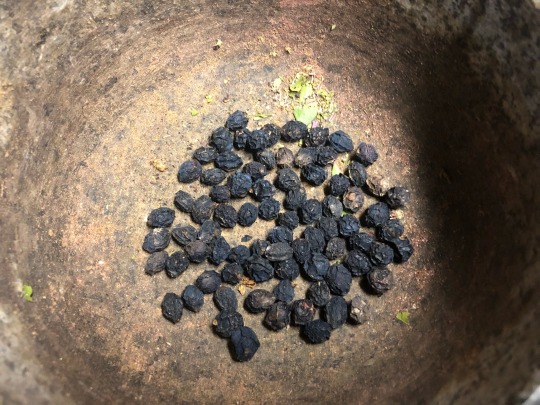



Of pounded flesh of withered sloes, take five parts, and to this add two parts berries of juniper, chopped. Cover the whole in red wine and set in an open dish for three days. - Viridarium Umbris
135 notes
·
View notes
Text
Amadan Dubh
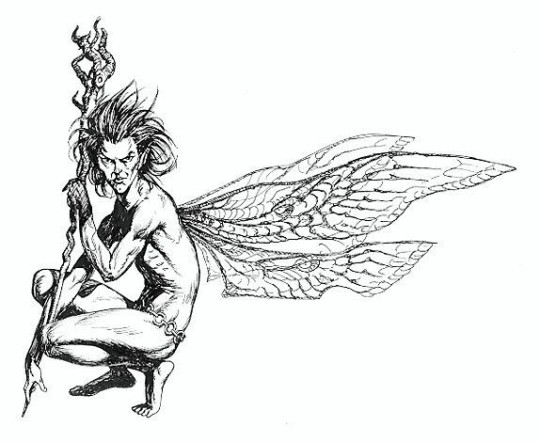
Amadán Dubh, also known as
the Dark Fool or Fairy Fool
is a trickster fairy found in Irish folklore, and is the "bringer of madness and oblivion.
It is also said that Amadán Dubh haunts the hills after sunset playing reed pipes to work his magic.
He was also called Amadan Briona, which means the greatest fool, or perhaps the grievous fool, and Amadan-na-Briona, the Fool of the Forth. all titles are fitting, since the Amadan wasn't one you'd like to meet on a dark night, he sit on the hillsides of fairy mounds and play his reed pipes in a mad jiggling tune.
His month he is strongest and the mist free is the month of june though it's said he does enjoy April.
It's believed he was the orginal king of the dark court.
Many new folklore lovers believe he is genderfluid cause his ever changing form and accounts were pronouns do not matter to him.
It's thought he was banished from the fae realm for committed acts such as killing other fae or fae cannibalism though many think it's simply because he was so mad that he ever scared the fae royalty.
In many cultures the idea of
" insanity " or " madness " held a special place of reverence, and were treated almost as envoys from another place, or as though they could see something nobody else could, or were dancing to music only they could hear and the rest of us were deaf to.
Maybe he was mad because he saw and heard more then all humans and fae? Who knows.
He seems to get some sadistic joy from harming others and playing horrid tricks though many claim his eyes hold madness but also deep sadness.
His abilities:
He's depicted as having a terrible ever changing from.
Music that can put people into trances.
He can move faster then any fae.
Copy voices.
He can seemingly reality shift.
Copy appearances.
He can break other's sanity.
Enter others dreams.
Eyes that can bewitch.
A voice that can entrance and paralyze.
He has the feared and strongest faery stroke aka being stroked by a fae that leaves a person paralysed in one part or all parts of their body and in case of the amadan's touch in unbearable, unstoppable pain and for that touch there is no cure.
{ also yes he is a HUGE inspiration in babacore! His aesthetic and that of baba yaga are mixed into babacore }
230 notes
·
View notes
Text
Seiðr, or 'string magic'
Seiðr is not the umbrella term for sorcery or witchcraft in Norse culture.
Seiðr comes from an Old High German and Old English roots that means ‘cord,’ ‘snare,’ or 'string.' Seiðr is not just any magic or spell or casting: seiðr is binding magic that metaphysically binds objects, people, animals, or spirits to the caster as if they were attached by a string or thread.
This is why a distaff is so important in portrayals of völvas or witches. The physical act of threading wool or sewing a tapestry channeled the seiðr to manifest. A strong example of this is a scene from Laxdaela saga when Gudrun, the instigator of most of the saga’s bloodshed, turns to Bolli upon his return from his errand of slaying Kjartan:
A poor match they make, our morning’s work—I have spun twelve ells of yarn while you have slain Kjartan (Laxdaela saga 116)
Seiðr magic works to draw things to the caster but also to send out göndull, or fetches, that are ‘tied to’ and manipulated by the caster. Bolli then is a possible physical fetch of Gudrun. The etymology of göndull as well plays a part in Bolli’s actions: göndull means both ‘coarse thread’ for the actual spinning of the spell, but also ‘penis’ (Old Norse religion, Heide 166). Kjartan’s death by Bolli’s sword-tip is death by Gudrun’s seiðr, making Bolli into Gudrun’s metaphorical phallus that pierces Kjartan, shaming him during his death.
350 notes
·
View notes
Text
Witches Reblog If...
• New, young, or considering witches can ask you questions
• Your blog is free of hate and is a safe learning community (this includes bashing christians/non-pagans)
• No questions (as long as they aren’t creepy) will be laughed at or shamed
• It’s okay to ask you for advice or opinions, even if you are an experienced witch.
• Your blog is inviting and welcoming and is a space for education on the craft.
I will follow you, because tumblr needs more of these witches.
29K notes
·
View notes
Text
Guest of Honor


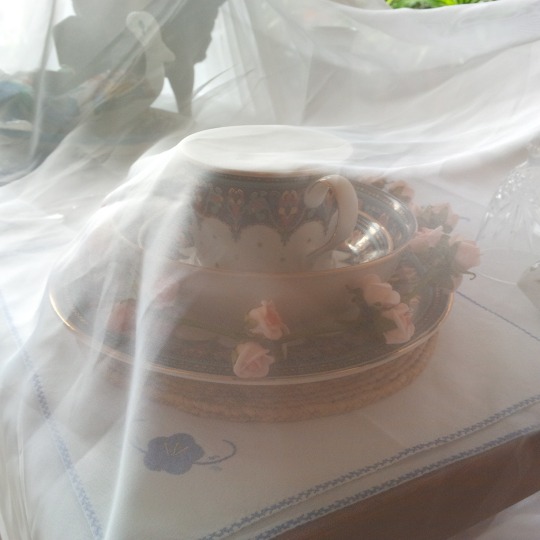
Bride’s bed, veiled boudoir, and guest of honor place setting.
On devotional new year’s eve the veil’s drawn off, the “hearth” lit, and the door physically opened as she’s invited indoors to share a meal and spend the night.
see also: #altar, #bride, #spring
72 notes
·
View notes
Text
Some hot takes about runes
When we modern people approach the Elder Futhark, it's fake. It emerges from the comparison of the Younger Futhark and the Old English runes, so it's basically just learning those and then selectively forgetting some of it. To work with the raw material, you have to work with the younger or the Old English and to work with the Elder Futhark you have to work with both of those first.
The reason people like the Elder Futhark is because it can be presented as eternal, pure, separate from history (this is what's meant when people say "original" because we actually have hardly any idea of what's "orginal" about it). With YF and Old English runes you have no choice but to acknowledge the languages and carvers, which ruins the perfect systematic worldbuilding.
The number of runes is unknown/infinite and always was. There is no 24-fold (or 16-fold, or 18-fold) elemental totality; there is no totality at all; the runes were always an open system and so is the world.
Runes do not pertain to creation in the way that the Hebrew letters do; Óðinn created the world but the runes are clearly external to him and discovered by him afterward. If we accept the idea that Óðinn created the world than much of Norse mythology is the creator encountering unknown and unforseen emergent complexity in his own creation.
Runic culture was definitely related to ogam culture (and more than just ogam lochlannach) but nobody wants to touch that because beyond acknowledging that they're related somehow it's a dead-end. Some scholars used to want to say that ogam was inspired by cryptic runes but if anything the flow of influence was probably more in the other direction.
Norse and Irish poetic culture were also probably related, and runes and ogam both pertain to poetry.
Those huge lists of different alphabets you get in Icelandic manuscripts are about as unique as galdrastafir (aka not at all). It's the Icelandic reflex of a pan-Eurasian phenomenon. Here's one in Arabic: https://dpul.princeton.edu/catalog/bg257f09h
Some things about ættir specifically
We have no idea what ættir were called in any language other than Icelandic. A great deal of our runic vocabulary comes from 17th-century and later Icelandic. The theory that it originally meant "eights" is not feasible.
There is no "Freys ætt," it's fjár ætt 'the ætt of fé'
There's also nauðar ætt and íss ætt, different configurations that break up the futhark into two ætts rather than three, one counting backwards from nauð and one beginning with ís.
Ættir configurations had more to do with encoding cryptic runes than anything else and could be reconfigured at will. The standard f/h/t ættir (þrídeilur) were definitely the "default" but the klapprúnir ættir configuration could also be used to encode messages without comment with the assumption that the reader would figure it out. The klapprúna-order (6-4-6-4) is:
ᚠᚢᚦᚮᚱᚴ fuþork
ᚼᚿᛆᛍ hnas
ᛐᛂᛘᛕᛚᛁ templi
ᛒᛅᚵᛑ bægd
Though it really only works well with Modern Icelandic
388 notes
·
View notes
